Platinum vs White Gold - Which is better for Engagement Rings?
Choosing your engagement ring metal can be tricky. Would you benefit from going for platinum or white gold?
When you’re on the lookout for a new piece of jewellery, perhaps a wedding or engagement ring, the precious metal you choose is equally as important as any diamond or gemstone featured.
This is because each metal has very different and distinct properties, making them suitable for different uses and situations. It’s important to understand these so that you end up with a piece that feels great to wear as well as looks stunning.
Two of the most popular choices when buying rings are platinum and white gold. You’d be forgiven for thinking the two were interchangeable but selecting the right one is important. Here, we’ll be analysing them head to head and explaining all you need to know when choosing the metal for your engagement ring.
What is Platinum?
Platinum is a beautiful precious metal that has a natural white colour. As it is rarer than gold, platinum can be an expensive choice but its naturally occurring colour means it can create a truly special look when used for jewellery. Platinum is a luxury metal and one that is usually found in premium pieces. Unlike other precious metals (like gold), platinum gets no colouring through being alloyed with other materials, its look is authentic.
It also has a long and interesting history that dates back to ancient Egypt, having been a highly valuable commodity in the ancient world. More recently, it was rediscovered in 1735 by Spanish settlers in the Americas. It was then brought back to Europe where it was given a name derived from the Spanish for sliver, ‘platina’. Since then it has become a staple of jewellery fashion, particularly amongst the rich and famous.
Benefits of Platinum
There are some major benefits associated with selecting platinum as your metal of choice. Some of the main ones include:
-
It’s much rarer than popular precious metals like gold and silver
-
It’s also heavier than many other metals, giving it a feeling of quality
-
It’s also highly durable, making it a good choice if you intend to wear your jewellery piece regularly
-
Hypoallergenic - this means it’s suitable for people who suffer from skin irritations often brought on by other metals
-
It’s seen as somewhat of a status symbol
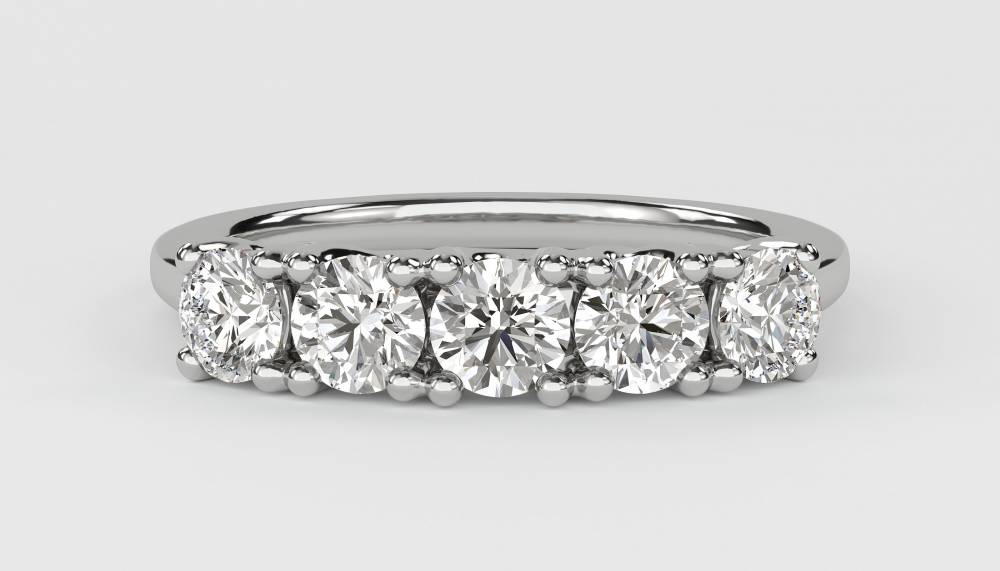
What is White Gold?
White gold is another precious metal that has a very similar appearance to that of platinum. However, rather than being a naturally occurring metal, white gold is made by combining yellow gold with silver colouring, usually using elements like nickel, manganese, palladium and sometimes platinum itself. The fact that it is manmade means white gold is often a cheaper alternative to platinum but thanks to its electroplated finish, the looks are often very similar.
The history of white gold does not extend anywhere near as far back as platinum. First used around the time of WWII, it was specifically created as an alternative to platinum. Interestingly, it was a US ban on the use of platinum so that it could be used in the war effort that led to white gold’s creation. Jewellers began using it to create rings, earrings, necklaces and more. The rest is history.
Benefits of White Gold
Like with the use of platinum, using white gold for your jewellery has its own set of benefits. The main of which are:
-
As a manmade substance, white gold is a much more affordable option
-
The finish is very similar to platinum, so much so that it can often be hard to tell them apart
-
It’s a much stronger and more durable alternative to traditional precious metals like yellow gold
-
Like platinum, its colouring compliments diamonds perfectly
White Gold vs Platinum for Engagement Rings
When choosing the ideal metal for your ring you should consider several factors. White gold and platinum offer a similar look with varying benefits, once you decide which ones you need you’ll be able to make an informed decision.
Price
When it comes to pricing, platinum will more often than not be the more expensive choice. This is because it is a naturally occurring metal and will only ever need repolishing, rather than replating.
Colour & Finish
Both have the appearance of a white, shiny finish., However, this can fade over time. With platinum engagement rings, they can develop what is known as a ‘platina’ - a misty quality that occurs naturally. Don’t worry though, this can easily be polished and returned to its original brilliance.
Similarly, white gold can fade over time. The natural yellow colouring can begin to shine through meaning the ring will need to be polished and occasionally re-plated depending on usage.
Durability
Platinum is the more durable choice here, thanks to its density it is far less malleable than white gold. This makes it an excellent choice for those who intend to wear their engagement rings often.
White gold engagement rings are by no means flimsy, when compared with yellow gold they are far more durable. However, platinum is a heavier metal meaning it is better placed to withstand the bumps and scrapes of everyday life.
Platinum & White Gold Engagement Rings from Diamond Heaven
We have a huge range of engagement rings to choose from and even offer the ability for you to design your own from scratch. All of our rings can be made using either platinum, white gold or other precious metal depending on which you decide to go for.
If you’re unsure at all or would like some assistance when choosing your engagement ring then please book a consultation today. Our team will be happy to help at any of our stores across the UK.
-



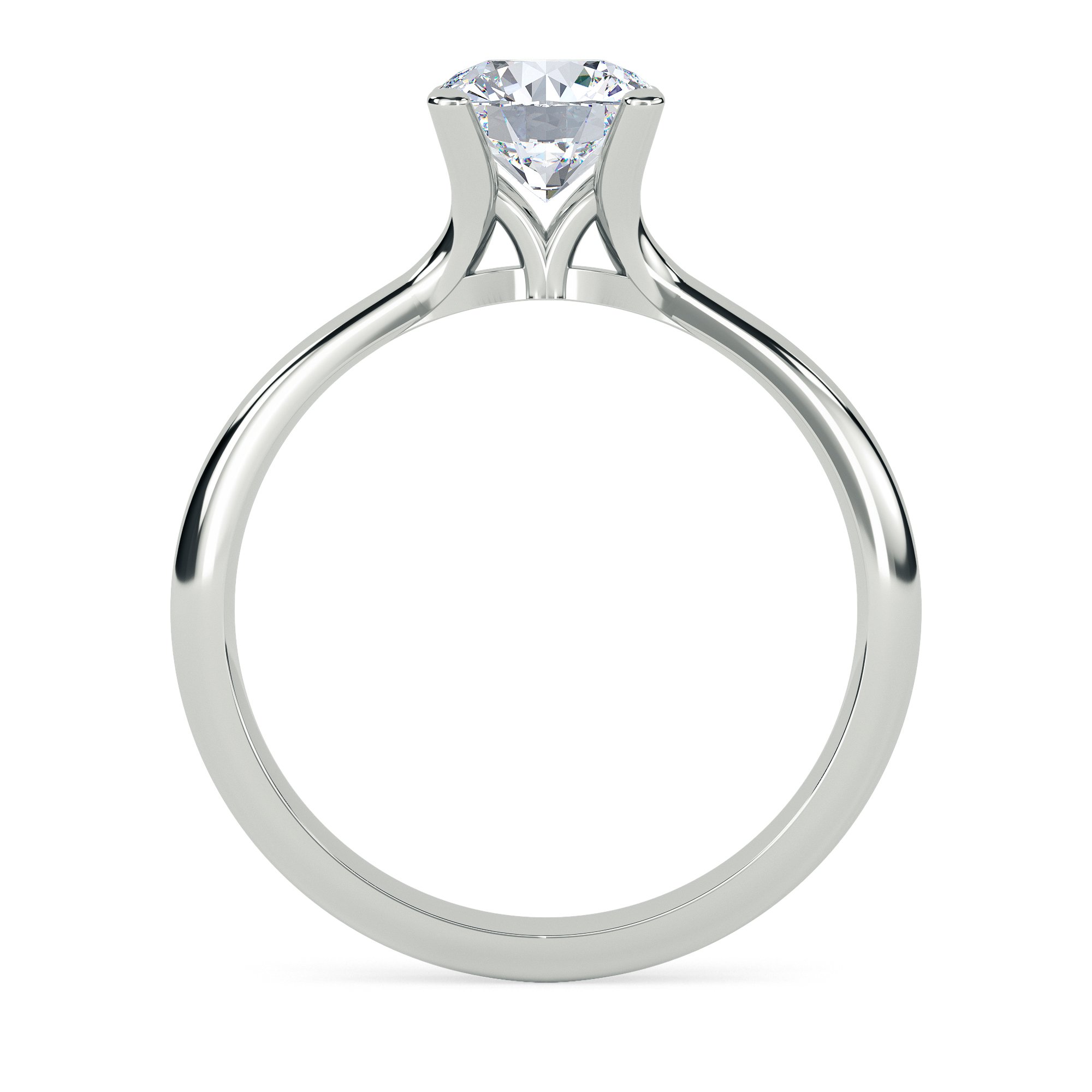
 Twitter
Twitter
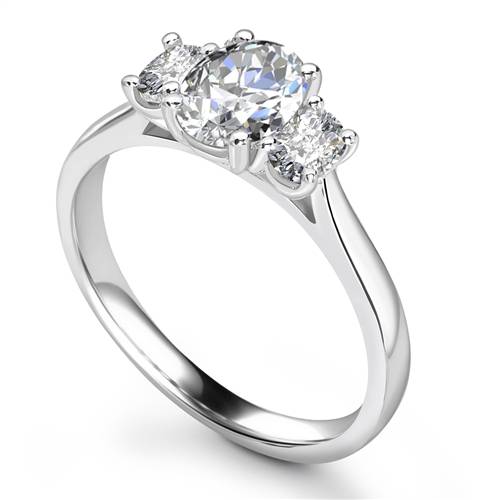
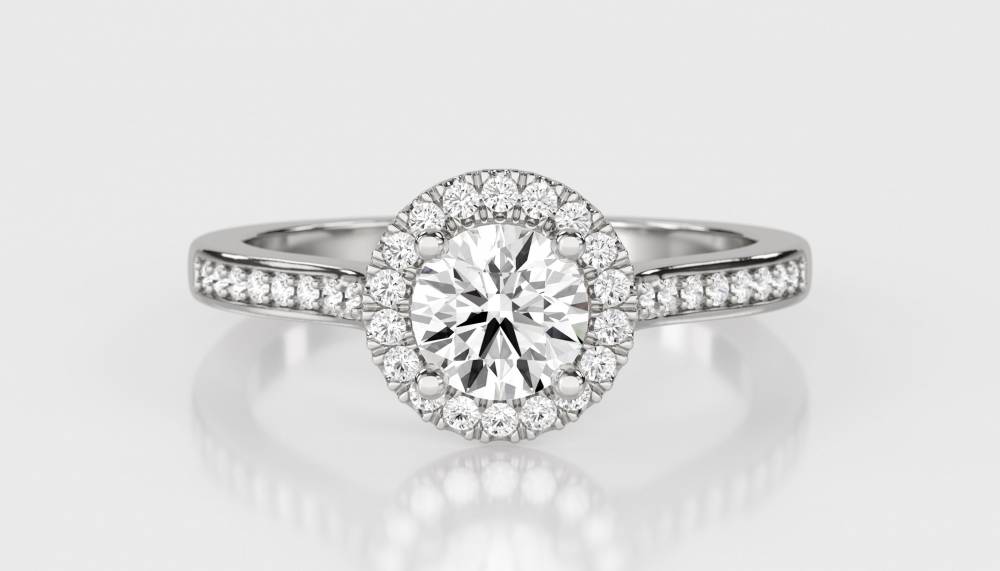
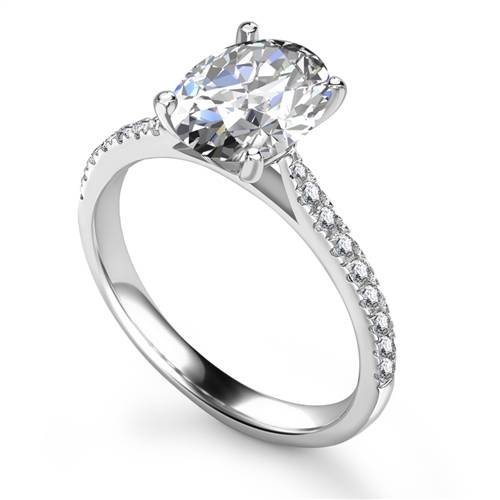
 Is an Emerald Engagement Ring right for you?
Is an Emerald Engagement Ring right for you?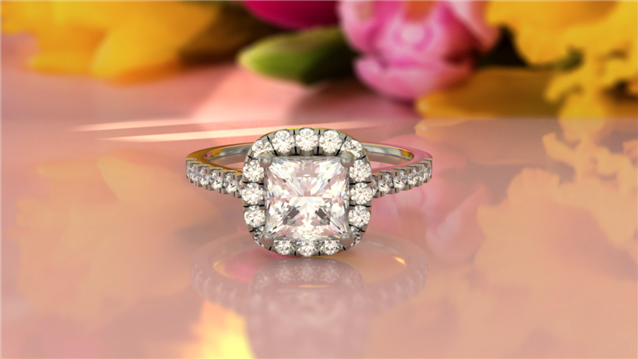 What is the difference between a Wedding Ring & Engagement Ring?
What is the difference between a Wedding Ring & Engagement Ring?  How to propose on bonfire night
How to propose on bonfire night 5 Emerald Cut Engagement Rings to Consider For Your Proposal
5 Emerald Cut Engagement Rings to Consider For Your Proposal